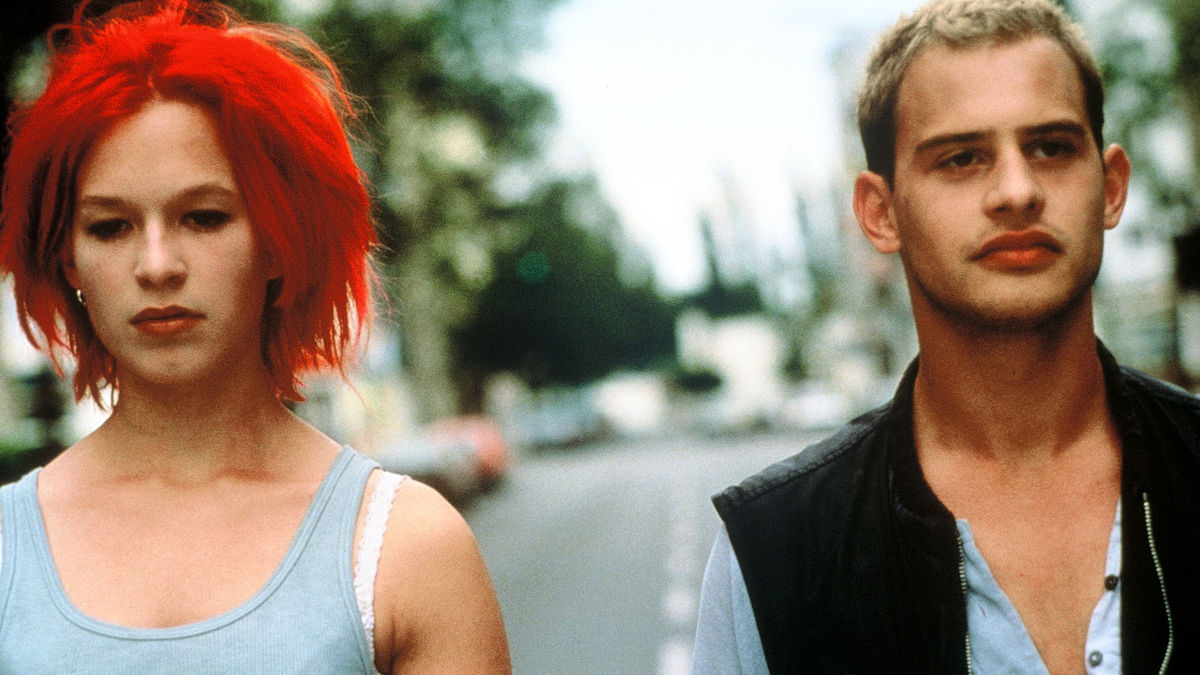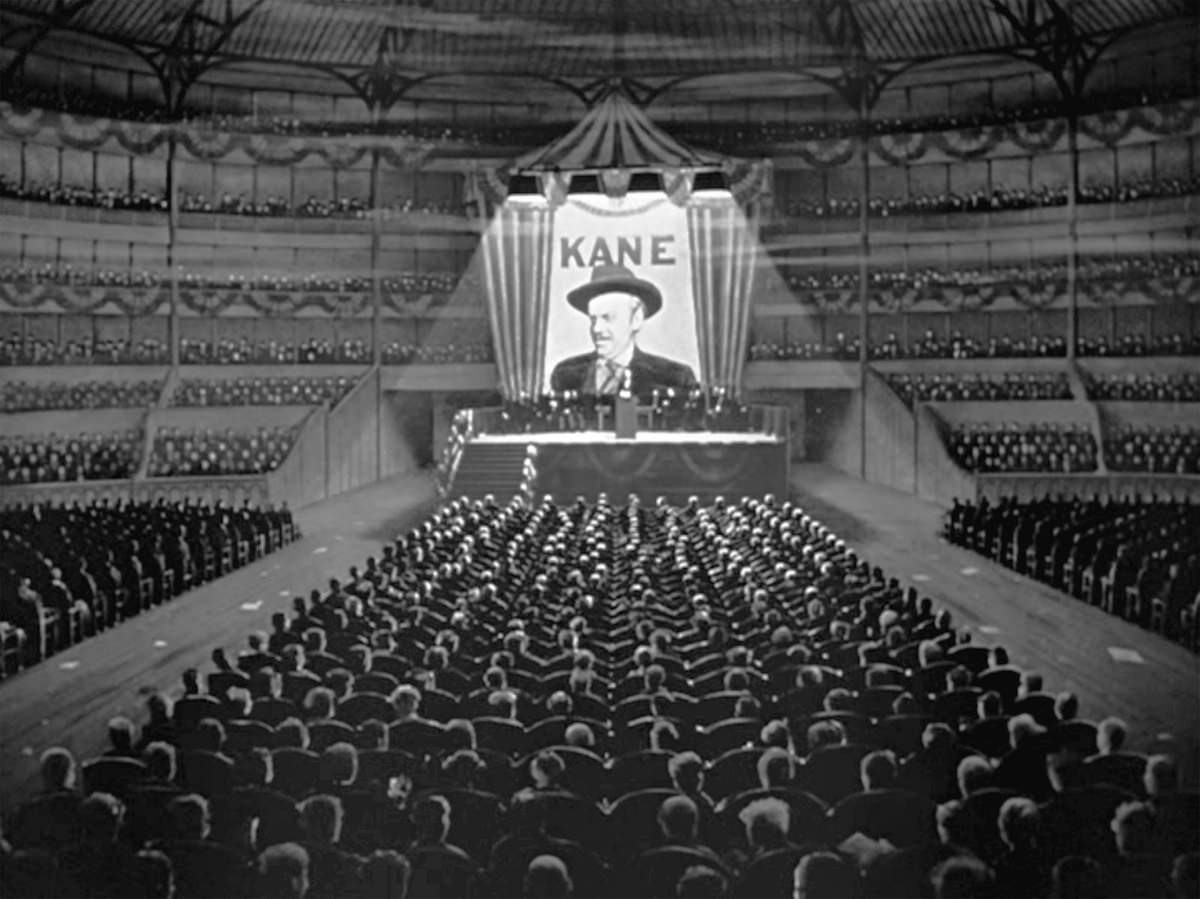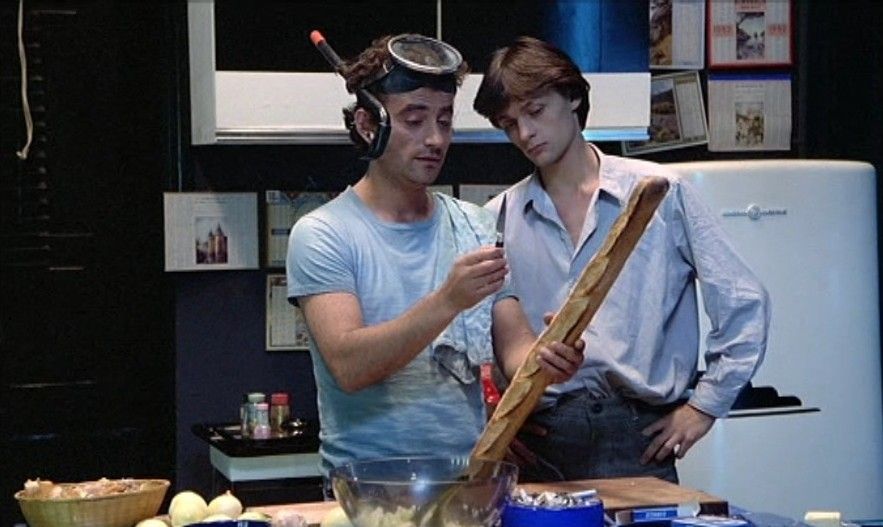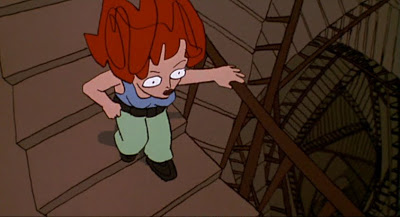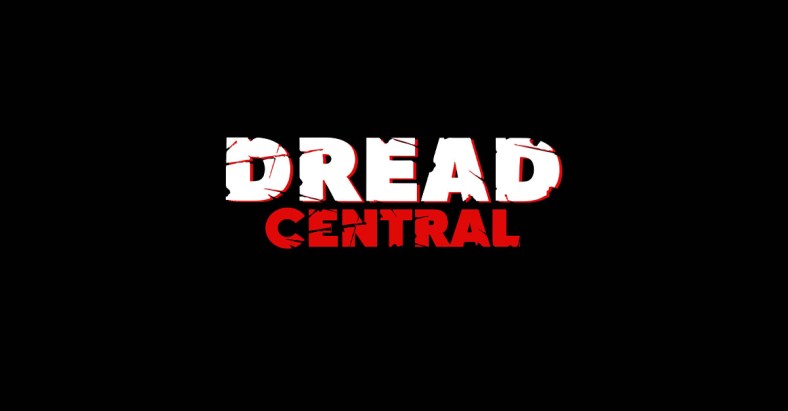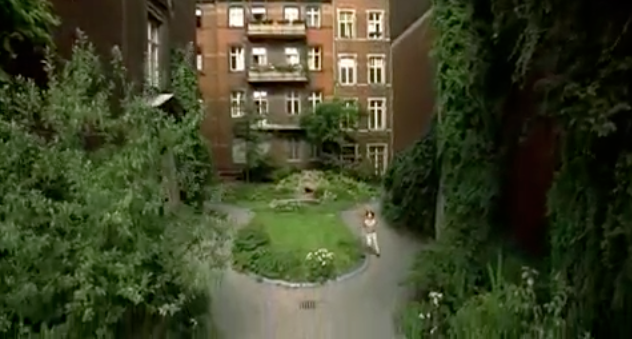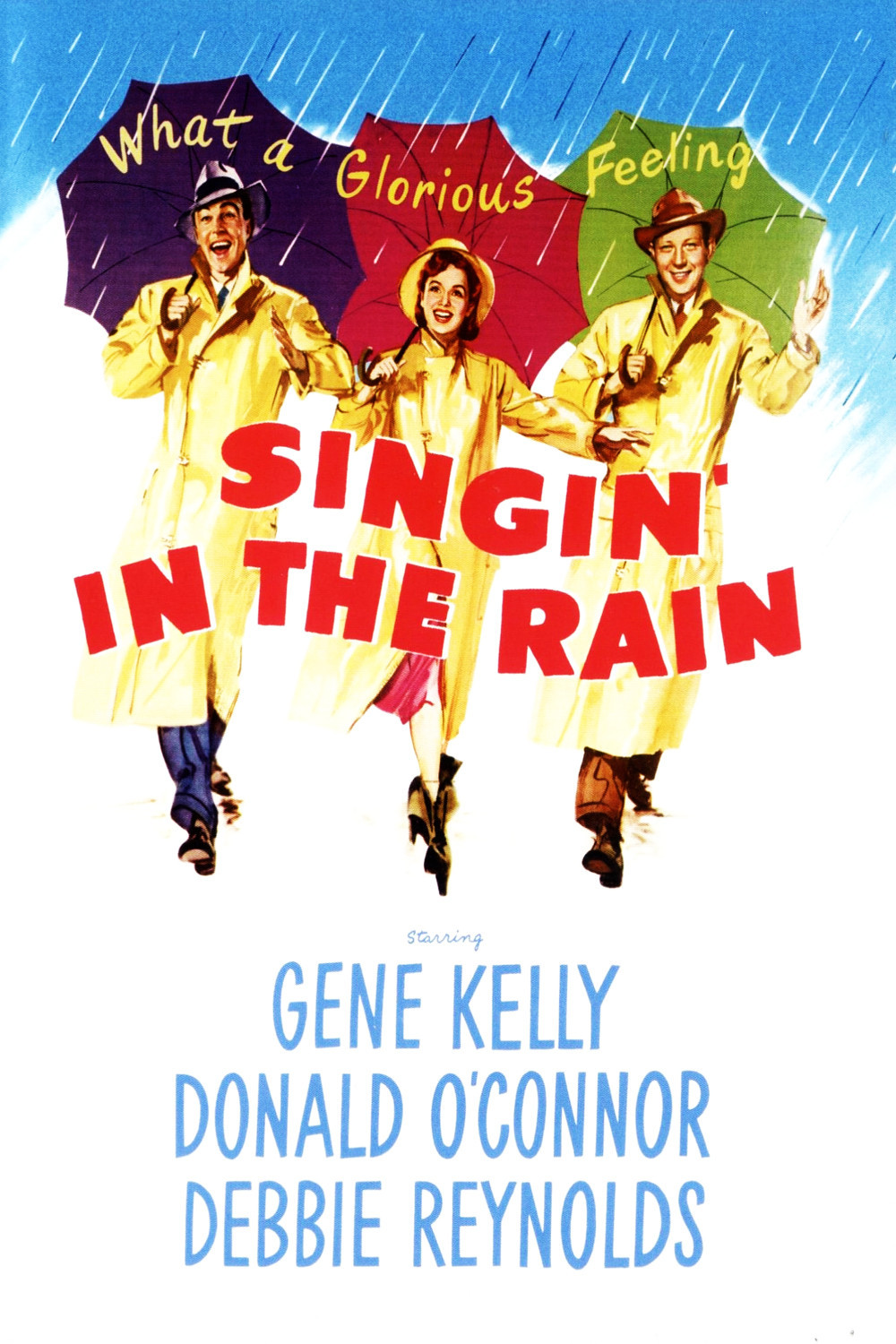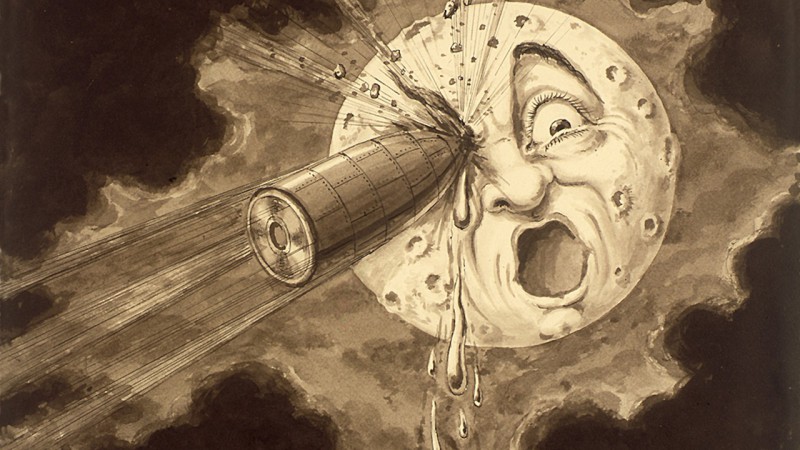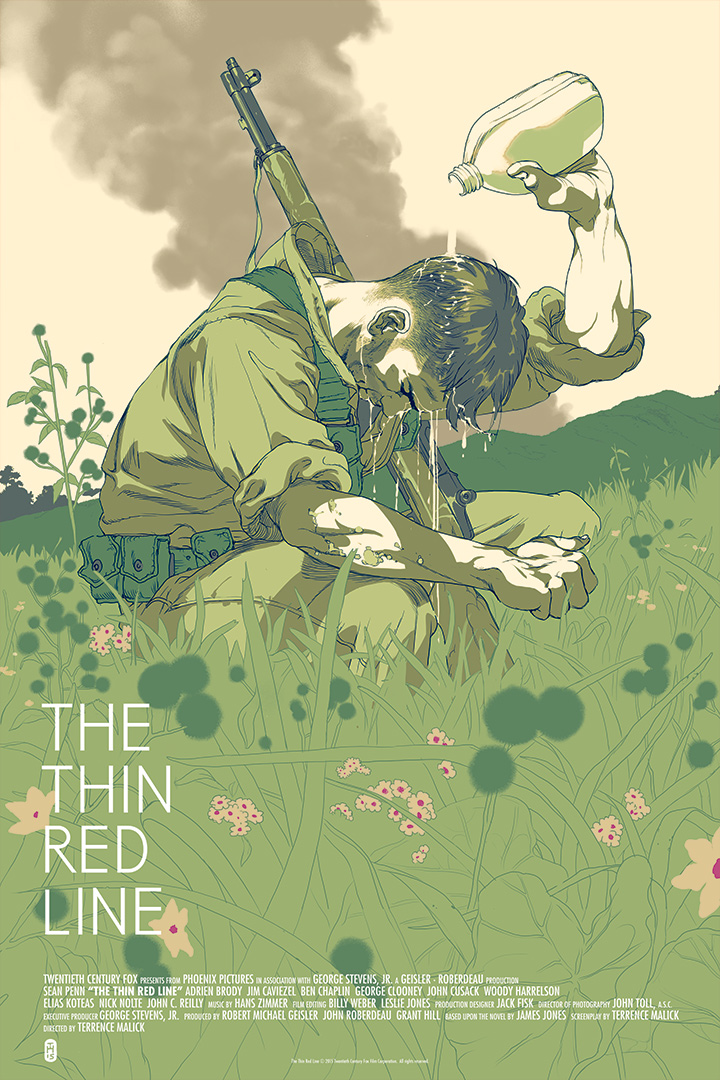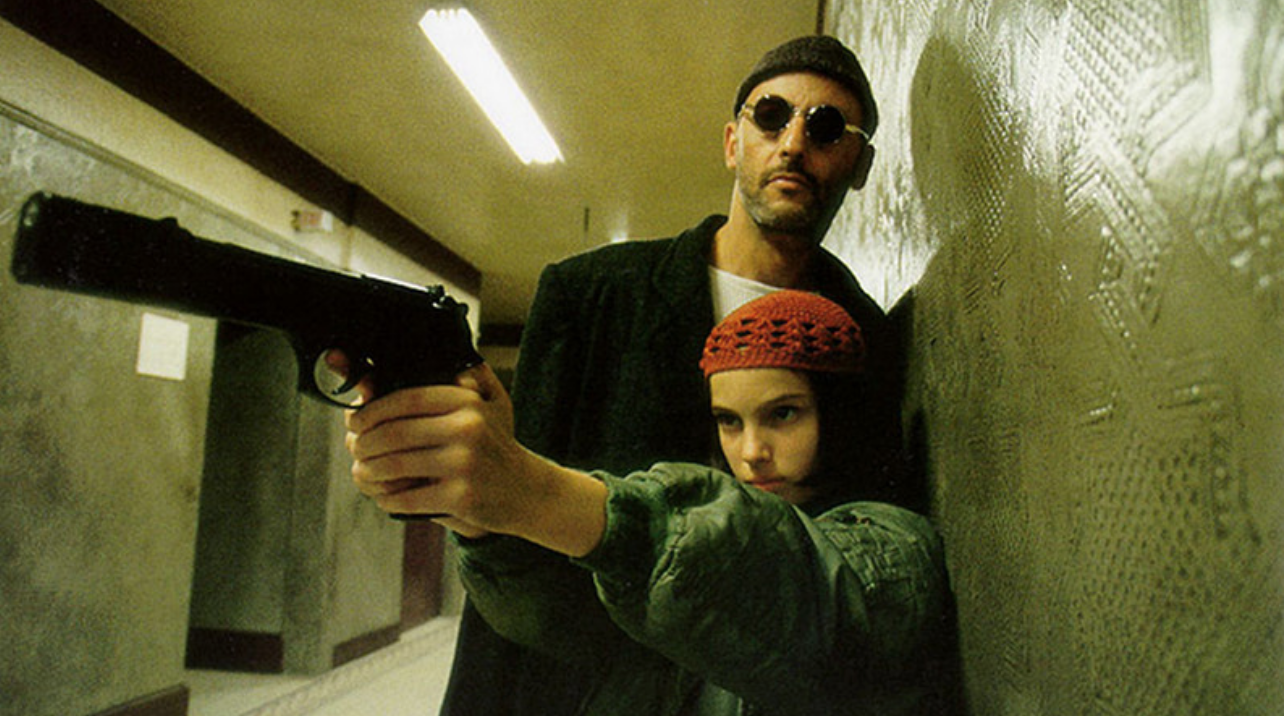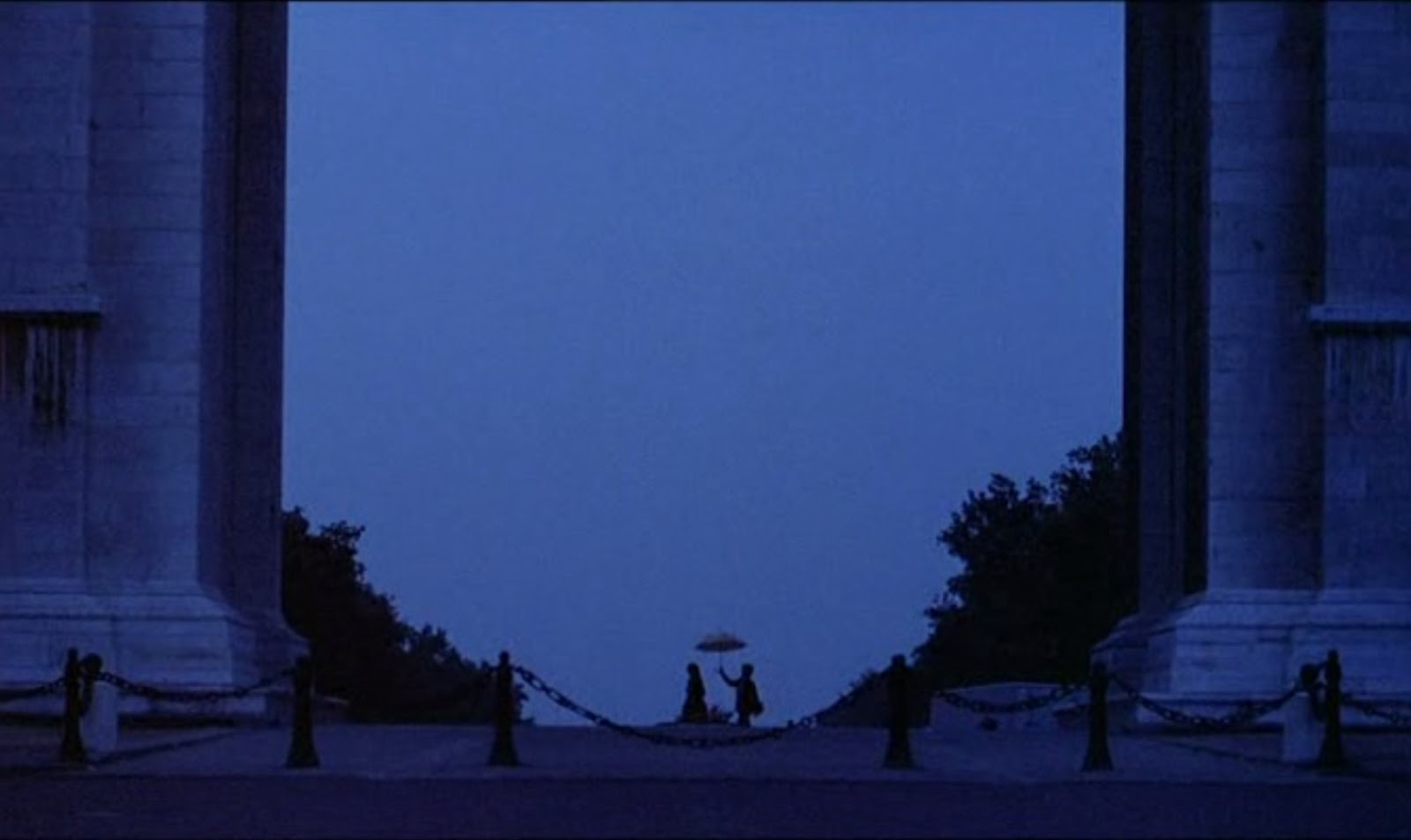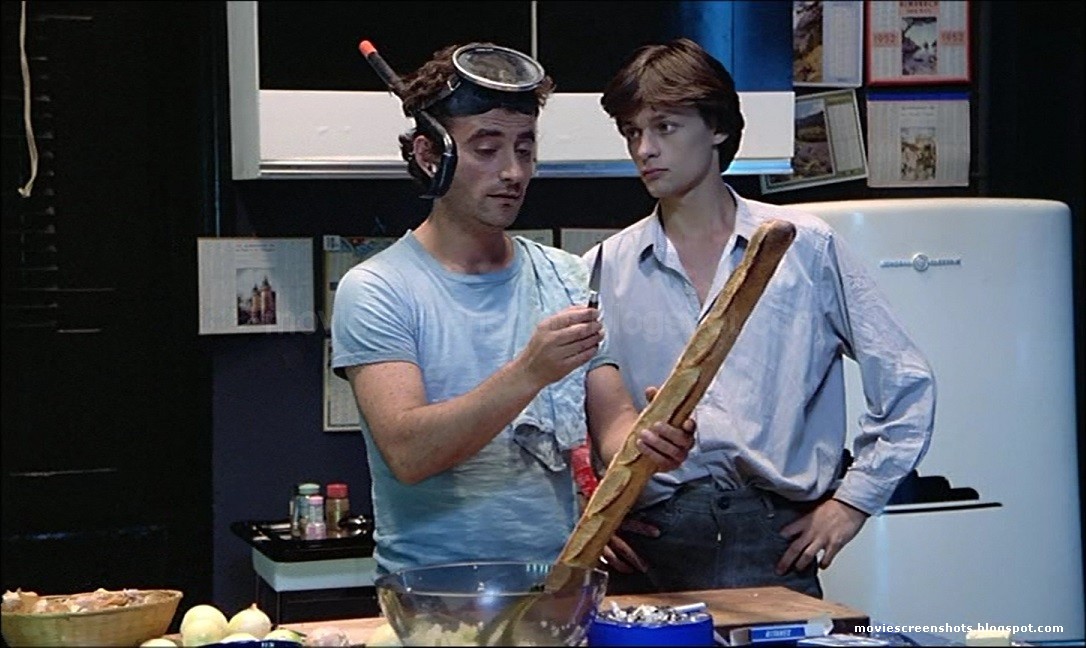Here we are back in Germany to wrap up the semester. I didn’t see us ending in Germany, but it is a good stopping point. The last time we researched into Germany, we were talking about films that promoted the Nazis. Now we are in class watching a very exciting and entertaining film, Run Lola Run, to show were they ended up. The film is full of hidden surprises and sometimes hard things to understand.
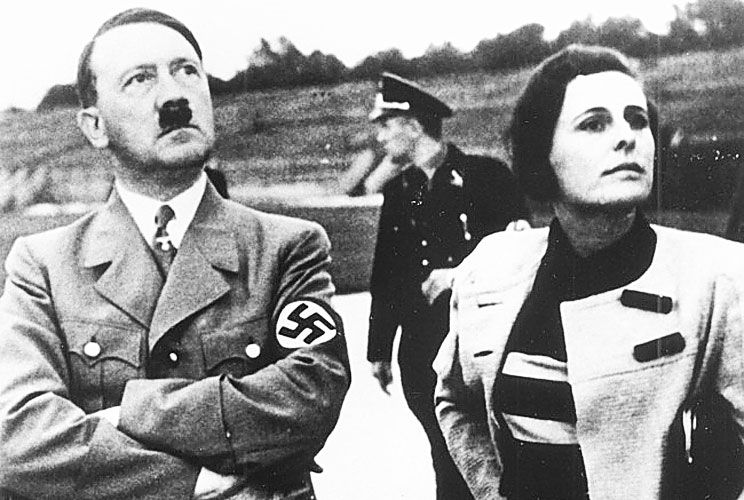
On Monday, we got into the directors who revamped the German film industry. Over the course of the 20th century we saw Germany at the heart of two world wars and in constant financial struggles. This new German cinema come from the post war. It was declared a start in the Oberhausen Manifesto in 1962 by 26 film makers in order to establish new German feature film. From my study of the 20th century, we have seen issue at the heart of Germany due to the division between East and West Berlin. This lead many to want to be in the free and live by the Western ways in West Berlin. This was one of many conflicts in Europe at the time, a constant battle between communist and capitalism.
We then on Wednesday watched Run Lola Run and it was nothing that I was expecting. The techno beat and the outfits of the filmed screamed late 90s, early 2000s. I saw watching this film confused at first with the opening and having pan over a bunch of people lost in a crowd. Not knowing what it meant until we got into the film. The craziest thing for me was how quickly I thought it was over at. I mean I saw her get shot and just thought wow that was fast. Then the whole thing restarted, and, in my mind, I thought of movies where characters get a do over until they make the right choices or as I said in class the Butterfly Effect. I thought of the Butterfly effect because he would run into the same people, but each time their outcome was changed.
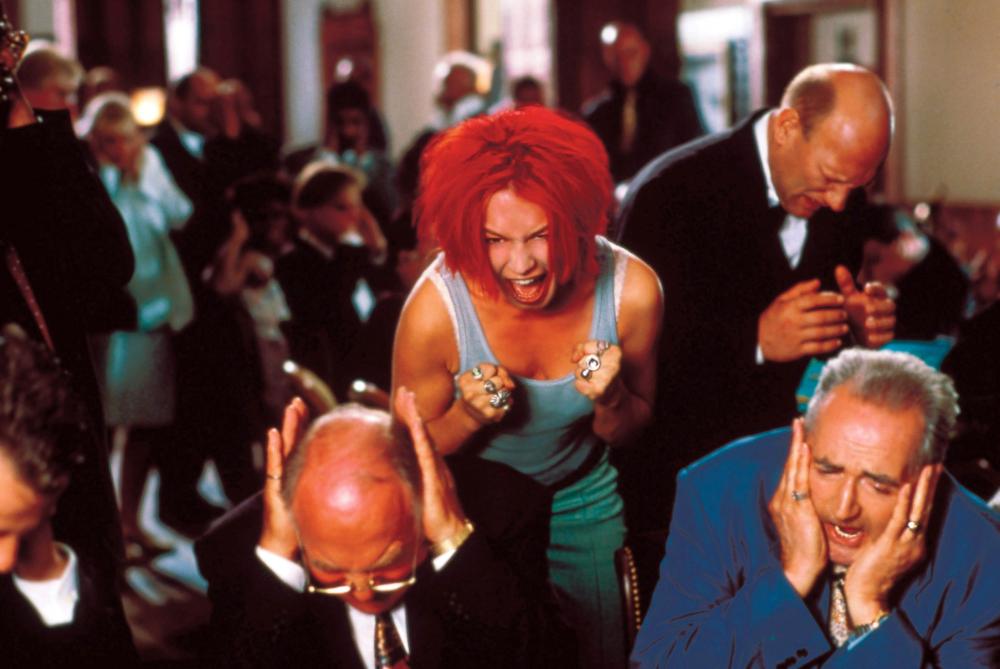
With the film I did not understand the transition from cartoon to real life, it just reminded me of the television show Lizzie McGuire. I didn’t get it until I read the article on the movie. In it the author states that “her metamorphosis into a “real” image emphasizes the invention of the character, and her transformation from cartoon to Tom Tykwer’s Run Lola Run and the Usual Suspects “real” image places her firmly in the realm of the imaginary.” This is an interesting take because I wouldn’t put those two films together and to think of how she could manifest into something more.
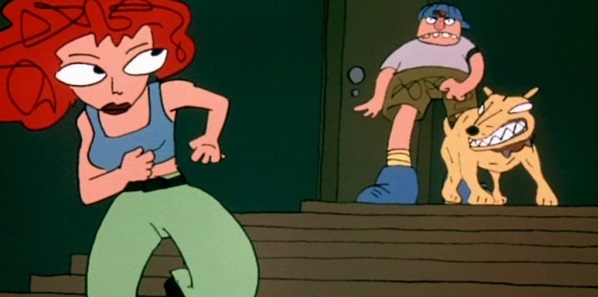
Over the course of the semester I have seen and heard many different things. I took this class because I know there are a lot of great movies I haven’t seen yet, and boy was I right. I watched films in different languages and countries, both I rarely ever do. It was always an issue to see a film in another language because I felt like I missed something because I am too worried about trying to read the subtitles. The two films of Wild Strawberries and Diva were unaffected by this issue for me. I was too confused during Wild Strawberries because as soon as it started, I felt like it ended abruptly leaving me wondering on so many things. With Diva, I didn’t care about the text, I was too busy listening to the music and seeing the way the director shot the film. It all wasn’t like that in this class, I loved the Rocky Horror Picture Show and found myself struggling to get the music out of my mind.
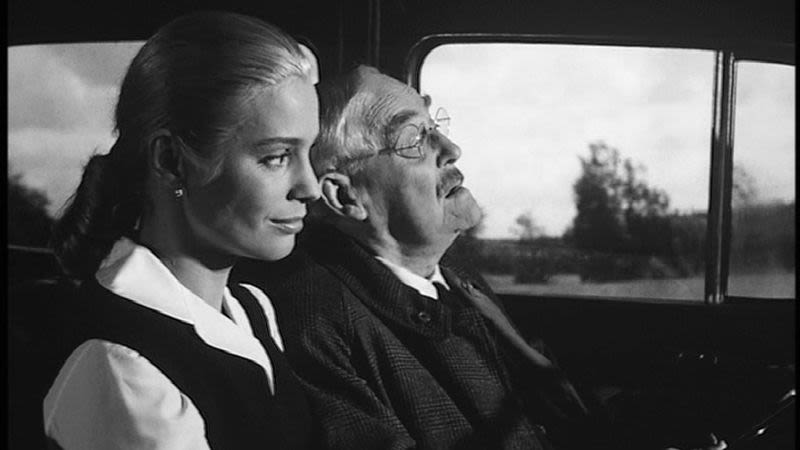
The class was slow to get going in my mind. I didn’t care too much for the silent movie or the all the Edison clips. I get we needed to start somewhere and why not at the beginning. I don’t this I will ever view these again, but I may use my knowledge from these to better teach other when seeing different camera techniques. We did see a lot of that like in The Great Train Robbery and in the Grand Hotel, we saw how the camera work changed. From displaying an image onto a screen in the back ground to a moving camera on a train or in an elevator. These techniques lead to many other down the road with better technology, but in their time were revolutionary.
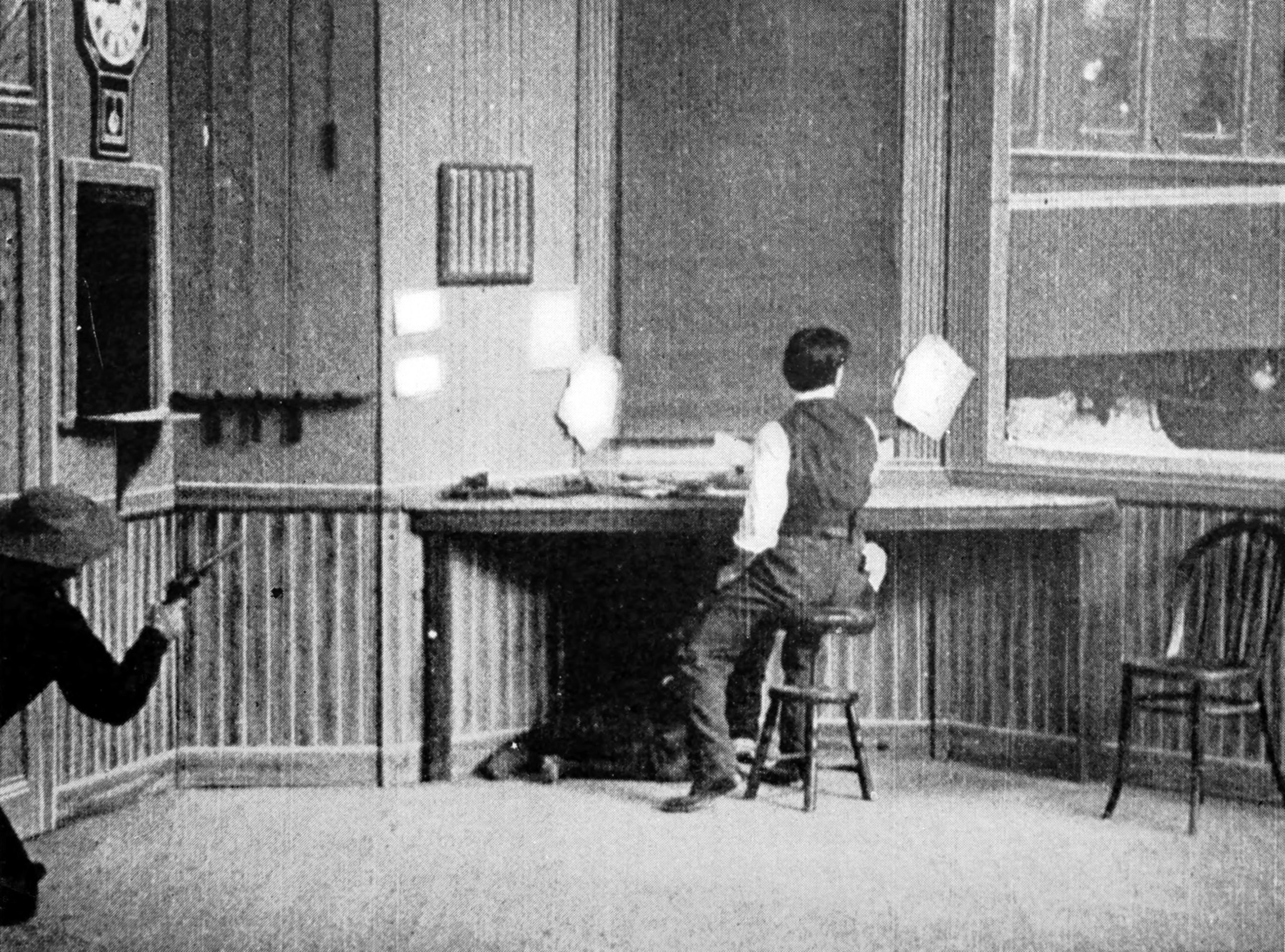
With this being the end of the semester and having watched so many films. I can say that my least favorite of them all was the Fly. It was a great film and I did enjoy seeing actors that I knew, but the bodily fluids and the special effects were too much. I was grossed out watching him be fascinated by the way his body would break down food or when his whole face fell apart. Professor warned us about it and man was he right.

Now my favorite movie in class was either Bonnie and Clyde or the Poseidon Adventure. Both stared Gene Hackman, but that is not the reason. I enjoyed Bonnie and Clyde for the action and all the fun these two outlaws had. I also liked seeing the comical Gene Wilder get a cameo and making me laugh some more. The Poseidon Adventures was action packed and kept me on the edge of my seat the whole time. The idea of a disaster movie is annoying because you think someone should live while other that you want gone live. It is a constant struggle between your emotions.
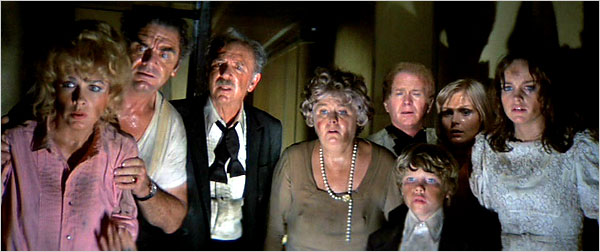
Overall, I found the best film to be my movie project of Pit and the Pendulum. I enjoyed it the most and would recommend people to take the hour to watch it. It had everything you could ask for. It involved almost everything the class had to offer and was produced by the great Roger Corman. I think this is a film that should be shown, or you could make a class out of it. A in depth investigate American International Pictures and Roger Corman.



